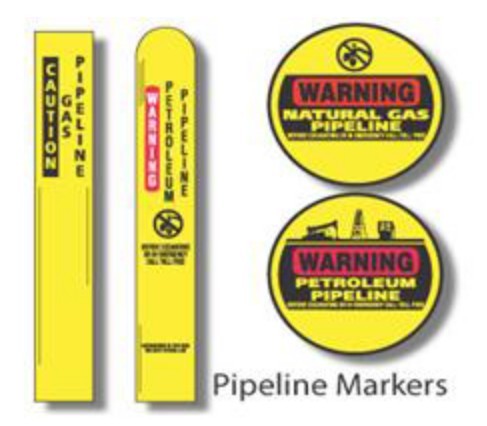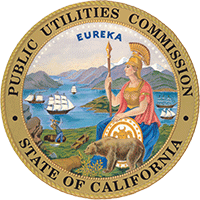Emergency Response
Emergency Response Information
How to recognize a Gas Leak
Here are some signs that you may see, hear, or smell when there is a natural gas leak:
- Look
- Damaged connection to natural gas appliance
- Dirt/water blowing into the air
- Bubbles in standing water
- Unexplained dead vegetation
- Flies gathered around a gas meter
- Fire or explosion near a pipeline
- Listen
- Volume can vary between a quiet hissing to a loud roar depending on the severity of the leak
- Smell
- The distinctive rotten egg smell of natural gas
- Most gas pipelines in California are odorized, but for the few that are not there may still be a hydrocarbon smell if there is a leak
Actions to Take When You Suspect a Leak
If you suspect a gas leak, first leave the area on foot then call your pipeline operator or 911 if there is an emergency that may endanger life, cause bodily harm, or property damage. Contact information for our major gas pipeline operators in California is below:
- SoCalGas 1-800-427-2200
- San Diego Gas & Electric 1-877-660-6789
- Pacific Gas & Electric 1-800-611-7343
- Southwest Gas 1-877-860-6020
If you suspect a leak DO NOT do any of the following:
- Smoke or light a match, candle, or create any other flame
- Turn electrical appliances on or off or use automated garage doors
- Use a telephone or cell phone in the potentially gaseous environment
- Operate motorized equipment or vehicles
- Attempt to control the leak by turning valves or repairing damage
- Ring doorbells to notify others of a leak.Knock with your hand to avoid creating sparks from metal door knockers.
- Attempt to extinguish natural gas fires
For more information on leak recognition and response, you can visit PHMSA’s website: https://www.phmsa.dot.gov/safety-awareness/pipeline/pipeline-leak-recognition-and-what-do.
How to Locate Pipelines Near Me
If you would like to know where gas pipelines in your area are located, you can look for above ground pipeline markers. They will identify the type of product in the pipeline, the operator of the pipeline, and emergency phone number. For gas, pipelines these markers are always yellow.

You can also visit the National Pipeline Mapping System (link: https://www.npms.phmsa.dot.gov/), which is run by PHMSA and will show you where transmission pipelines are generally located.
If you are trying to locate pipelines belowground ahead of a construction or digging project, please call 811 (link: https://811beforeyoudig.com/) to have all the pipelines marked in the area of your project before you start digging.

CPUC Role in an Emergency
The CPUC does not have an active role in responding to pipeline emergencies. Local emergency responders generally take the lead with support from natural gas operators. In some cases, GSRB will be on-site after an emergency and will be responsible for investigating the incident.
Federal agencies will only get involved in certain instances, such as a large incident. Any incident meeting the criteria set in 49 CFR Part 191 (link: https://www.ecfr.gov/current/title-49/subtitle-B/chapter-I/subchapter-D/part-191) will be reported to PHMSA, but PHMSA usually delegates the investigation to the CPUC unless the incident is especially significant. In those cases, PHMSA or the National Transportation Safety Board (NTSB) may choose to investigate.
Preparedness Requirements for CA Operators
Gas pipeline operators are required to have emergency response plans under federal law (49 C.F.R. § 192.615 (link: https://www.ecfr.gov/current/title-49/section-192.615)), which are reviewed during inspections conducted by the CPUC and are also provided to local emergency responders. These plans must include information about how the operator will respond to various emergencies, including the personnel and equipment available, shutdown procedures, notification of fire, police and other public officials, and service restoration. Pipeline operators in California are also required to conduct regular meetings with fire departments in their service territory to plan for coordination during future emergencies.
Pipeline operators in California also have written Safety Plans, which summarizes their overarching strategy and approach to safety company-wide. These safety plans include a summary of their efforts to maintain safe pipelines programmatically, operationally, and from a security standpoint, as well as emergency response. These plans are updated annually and published on our website (link: https://www.cpuc.ca.gov/regulatory-services/safety/gas-safety-and-reliability-branch/pipeline-documents)
For more company-specific emergency response information or more pipeline safety tips, you can visit the Safety section of your pipeline operator’s website.
